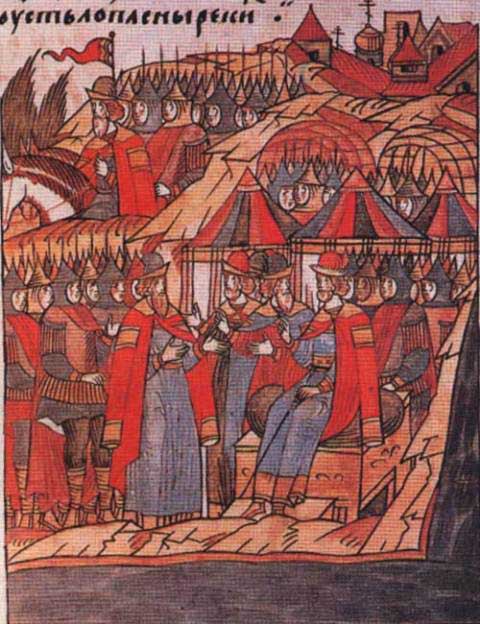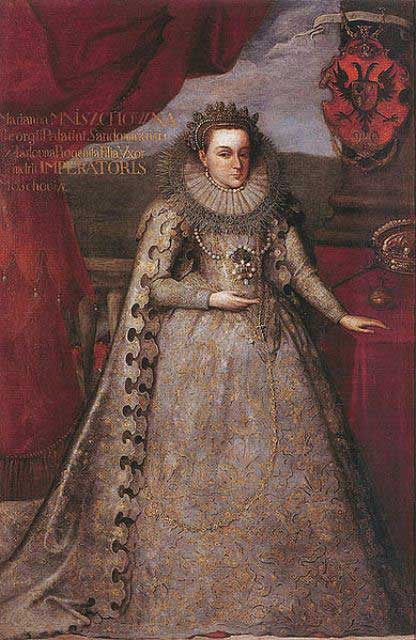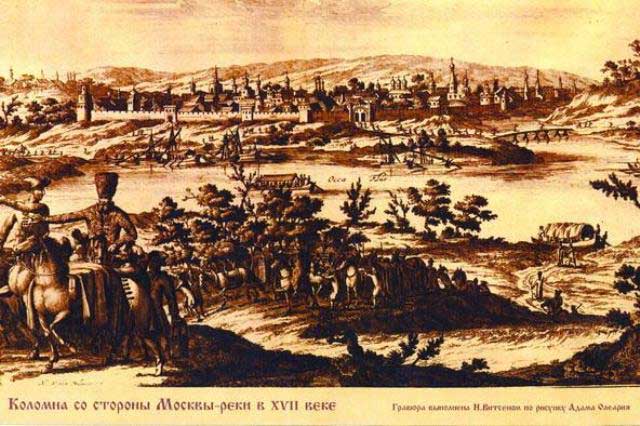History of Kolomna
12th Century
First Mention
Kolomna was first mentioned in 1177 in the Laurentian Codex. This date is considered Kolomna's official date of founding even though it was already in existence by then and must have been founded earlier. At this time Kolomna was part of the Ryazan Principality and, since it was located on the confluence of the River Moskva and River Oka, it was an important for the principality's trade and defence. In the mid-12th century, Kolomna became the capital of the Kolomna Principality within the Ryazan Principality.
13th Century
Battle of Kolomna
During the Mongol Invasion of Rus, Ryazan was the first city to fall in December 1283. After this the Mongol-Tatars set off for Kolomna. On 1 January 1238 they reached the city but met there a combined Russian army led by Grand Prince Yuri Vsevolodovich of Vladimir, his son Vsevolod Yurievich and voevod Yeremey Glebovich. Prince Roman Ingvarevich of Kolomna also participated with what was left of the Ryazan army. However the Russians were greatly outnumbered and even though Kyulkhan, a son of Gengis Khan, was killed in the battle, the Mongol-Tatars were victorious and Kolomna fell. Prince Roman Ingvarevich and voevod Yeremey Glebovich were killed in the battle. In 1293 Kolomna was once more sacked by the armies of the Golden Horde, when Dyuden led a punitive campaign against Rus.
14th Century
Incorporation into the Moscow Principality

In 1301 the Kolomna Principality became the first territory to be incorporated into the Moscow Principality. It was later given as an appendage to sons of the Moscow princes, including Prince Dmitri Ivanovich (later known as Dmitri Donskoy), who married in Kolomna in 1367. It was also in Kolomna that Dmitri Donskoy gathered troops before they set out on to victory over the Golden Horde at the Battle of Kulikovo Field in 1380. Kolomna was then sacked by Khan Tokhtamysh in 1382 as part of his punitive campaign. In 1385 Grand Prince Oleg of Ryazan unexpectedly seized Kolomna from the Moscow Principality and it was only returned several years later upon the intervention of St Sergius of Radonezh, who aimed to create harmony between Russian princes.
15th Century
Tatar Raids
Due to its location to the south of Moscow, Kolomna was often subjected to raids by various Tatar armies. In 1408 Emir Edigu of the Golden Horde sacked the city. Later the 15th and 16th centuries brought new threats from the Kazan and Crimean Khanates. The first attack came in 1440 when Khan Oluğ Möxämmäd of Kazan sacked the city.
16th Century
Kolomna Kremlin

In 1521 the wooden fortress of Kolomna proved to be no obstacle against Khan Mehmed I Geray of Crimea when he sacked Kolomna and used it as his base for the subsequent combined Crimean and Kazan Tatar attack on Moscow. Therefore in 1525 Grand Prince Vasili III of Rus ordered the construction of a new stone fortress to protect the southern border of Rus. The construction was completed in 1531. The original construction had 17 towers, stretched 1,640 metres and in certain points its walls reached 21 metres in height and 4.5 metres in width. However the Kremlin offered no protection from fire and Khan Devlet I Geray of Crimea burned down the city before his devastating raid on Moscow in 1571.
17th Century
Time of Troubles

The rebellion led by Ivan Bolotnikov was able to capture much of Kolomna in 1606, although it was not able to take the Kremlin. From there the rebels marched onwards to Kolomenskoe just outside of Moscow. In both 1609 and 1611 the city was occupied by Polish-Lithuanian forces. Maryna Mniszech, one time Russian tsaritsa and widow of both the First and Second False Dmitris, fled to Kolomna in 1611 and from there continued her attempts to have her young son Ivan, known as the Little Thief, made tsar. She was forced to flee in 1612. Legend has it that she was later imprisoned in the Kolomna Kremlin and died there in 1614, which would explain the name of one of the towers - Marinkina Tower.
18th Century

In 1730 the city's coat of arms was created depicting a column in between two stars as there is a theory that the city's name is connected with the Russian word for column. In 1781 Kolomna became the centre of the Kolomna District of the Moscow Governorate and in 1784 a city plan for Kolomna was approved.
19th Century

In 1863 Kolomna was connected to Moscow via a railway link which led to the city's industrial development. In the same year machinery and locomotive factories were established in the city. In 1864 a bridge was opened over the River Oka which allowed the railway to continue on to Ryazan.
20th Century
Soviet Era and Second World War
Soviet power was established in Kolomna on 26 October 1917 and the Bolsheviks started to close down and loot the city's churches. Just before the Second World War only two churches in Kolomna remained open. Kolomna was not occupied during the Second World War although there was a period in 1941 when the city was at risk until the Nazis' approach was stopped. The city converted its industrial output to enable the production of supplies for the front lines. Kolomna was also famous for forming a large number of military divisions. Four riflemen divisions, eight artillery divisions, 24 artillery brigades and 12 artillery regiments were all organised in the city.

 History
History